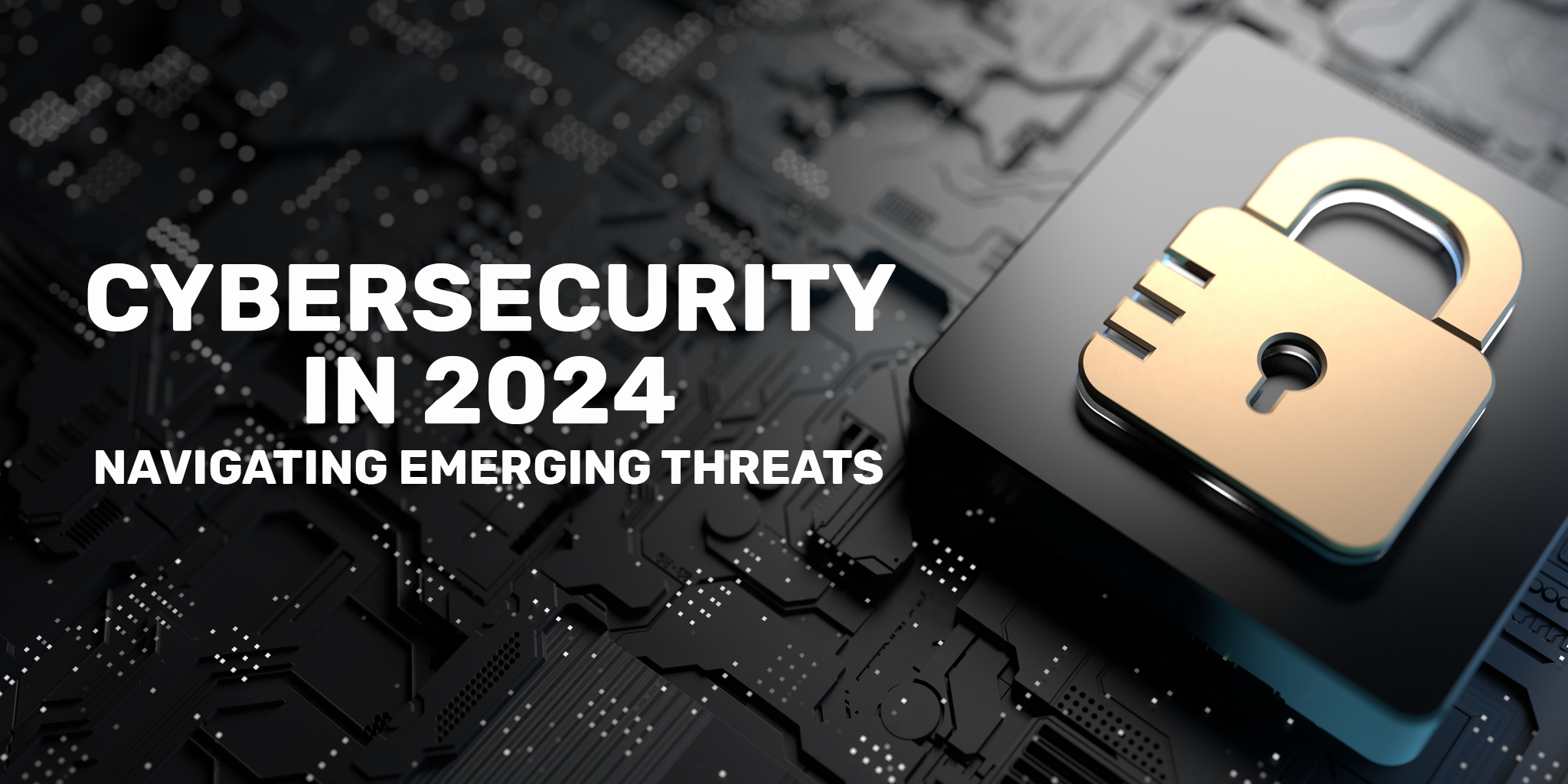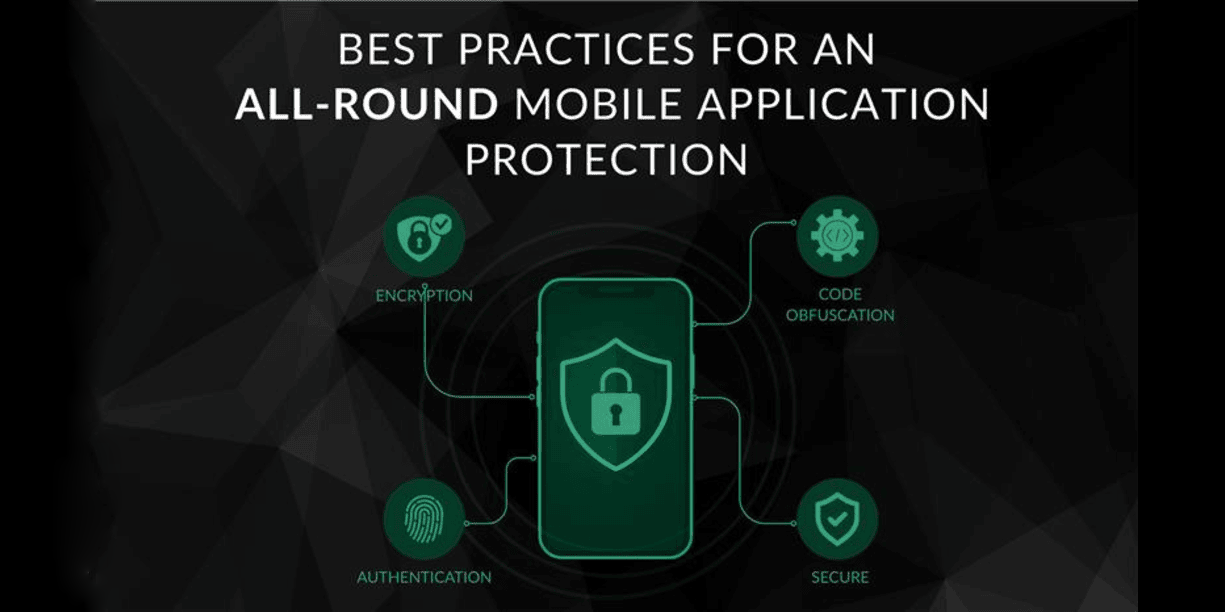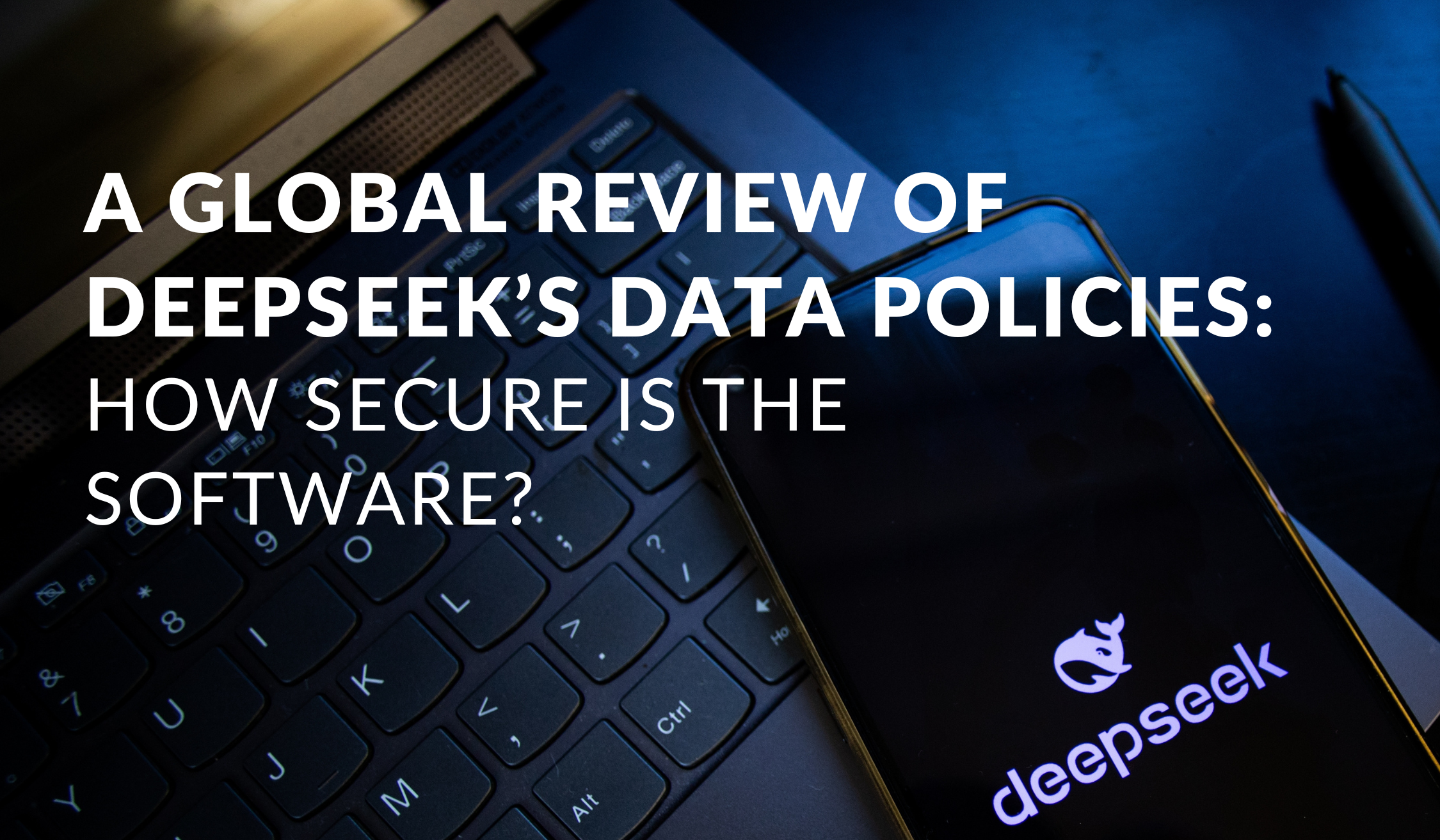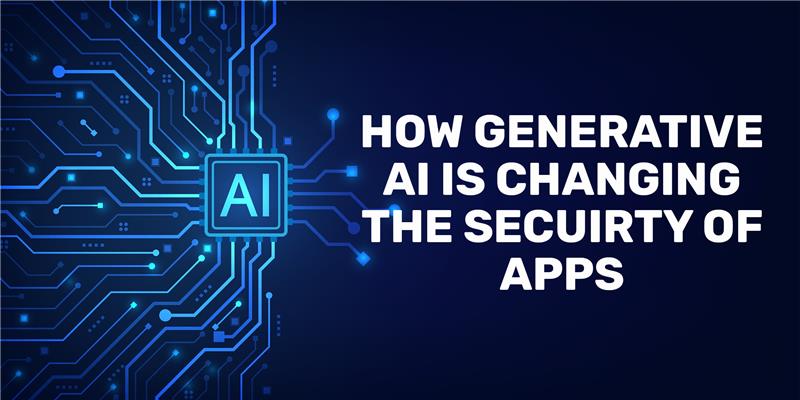The field of cybersecurity is ever evolving. Companies must take a proactive approach to cybersecurity to navigate these emerging threats. Governments & businesses must collaborate to create coordinated defences against cyberthreats and strengthen the durability of digital systems.
An Increase in threat strategies
Malicious actors can still access systems and data without authorisation by using classic brute force attacks. In 2024, there will be a noticeable increase in the use of two such techniques: password spraying and credential stuffing. Credential stuffing is a tactic used by hackers to take advantage of people’s propensity to reuse passwords by using stolen usernames and passwords to initiate a large-scale automated login request. Password spraying, on the other hand, exploits popular and simple password to obtain unauthorised access.
Attack surface burst
With new connected devices going online every day, the number of IoT devices is increasing rapidly, making their security a pressing issue that sometimes seems impossible. Device security must be given top priority by organisations to stop possible data breaches and privacy violations. To defend against IoT-related cyber threats, strong safeguard is crucial. These include encryption, network division, regular patching, and modern authenticate mechanisms.
Always getting ready for the unexpected
The sophistication and effectiveness of ransomware attacks are increasing. As of late, ransomware attacks have proven to be especially successful in extorting the ransom, making them the preferred approach for any actor who has obtained unauthorised access via alternative ways.
Highly valuable infrastructure was frequently targeted in 2023, the manufacturing, healthcare, and local government sectors were among the most prominent targets of attacks. It’s the duty of all organisations, but particularly those that are mission and life critical to make sure they are ready for a ransomware attacks. Establishing solid backup and recovery plans, warning staff about possible risks, and putting on robust security measures are all important ways for organisations to counter these changing techniques.
Preventive steps are essential to reduce a ransomware attack’s potential to seriously interrupt ordinary business operations and obtain control over an organisation. These steps include routine data backup, network segmentation, and personnel training. In addition, to successfully identify and react to ransomware threats, organisations should think about implementing sophisticated threat intelligence and security solutions.
Internal threats
Internal threats seem to be significant concerns. A rise of bring your own device workplaces, shared mobile services, and third-party service expansion creates complex digital ecosystem. Strict security guidelines and strong mobile device access solutions are needed to strike a balance between worker productivity and data security.
It also takes careful policies and solutions that take service providers into account to manage third-party services. Even though they could be indispensable to a company, third parties are nevertheless considered “insiders”. To detect potential internal threats and promote a cybersecurity that consider the dynamics of mobile and third-party needs can improve monitoring and detection capabilities.
AI: Allies and Enemies
We must be aware that both malicious as well as positive actors are keeping up with the fast use of artificial intelligence (AI) and machine learning (ML). This does not significantly change the cyber threat landscape, but it certainly complicates it. In 2024, incorporating more recent technologies into a comprehensive security programme is vital. It may include governance, MFA, just in time access strategies, zero trust, and other contemporary authentication modalities.
An Agile and Strategic Method for Cybersecurity
Organisations must continue to be flexible, proactive, and cooperative to successfully navigate the challenging cybersecurity landscape of 2024. A further challenge is the ongoing lack of IT skills, since there is a greater need for cybersecurity experts than there is expertise in the field and more organisations need to be able to handle the risks we’ve covered. Organisations can use development and training programmes to develop current employes and draw in fresh talent to overcome this obstacle. A cybersecurity partner with expertise in countering new threats can assist companies in remaining multiple steps ahead of malicious actors. Organisations may develop a resilient cybersecurity strategy by emphasising strong access and identity management, protecting IoT devices, seriously engaging with the AI evolution, and using a zero-trust approach to mitigate ransomware and internal threats.
Forming strategic alliances with cybersecurity professionals can offer the direction and assistance required to negotiate the challenging landscape of cybersecurity and protect digital assets. In the constantly evolving field of cybersecurity, firms may prosper with the appropriate strategy and teamwork.






